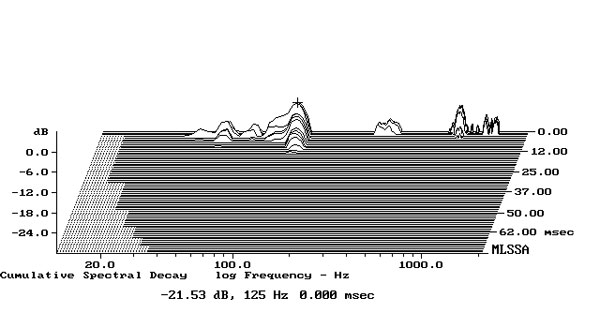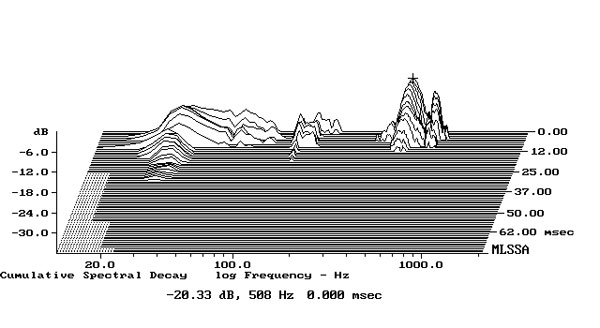Vacceo
Major Contributor
- Joined
- Mar 9, 2022
- Messages
- 2,669
- Likes
- 2,822
I think the model that shows the larger potential for improvement is the R8a. Data shows that extension and SPL can be improved quite a bit.
There is no reason to have an atmos satellite so different from the rest of the line.
There is no reason to have an atmos satellite so different from the rest of the line.



